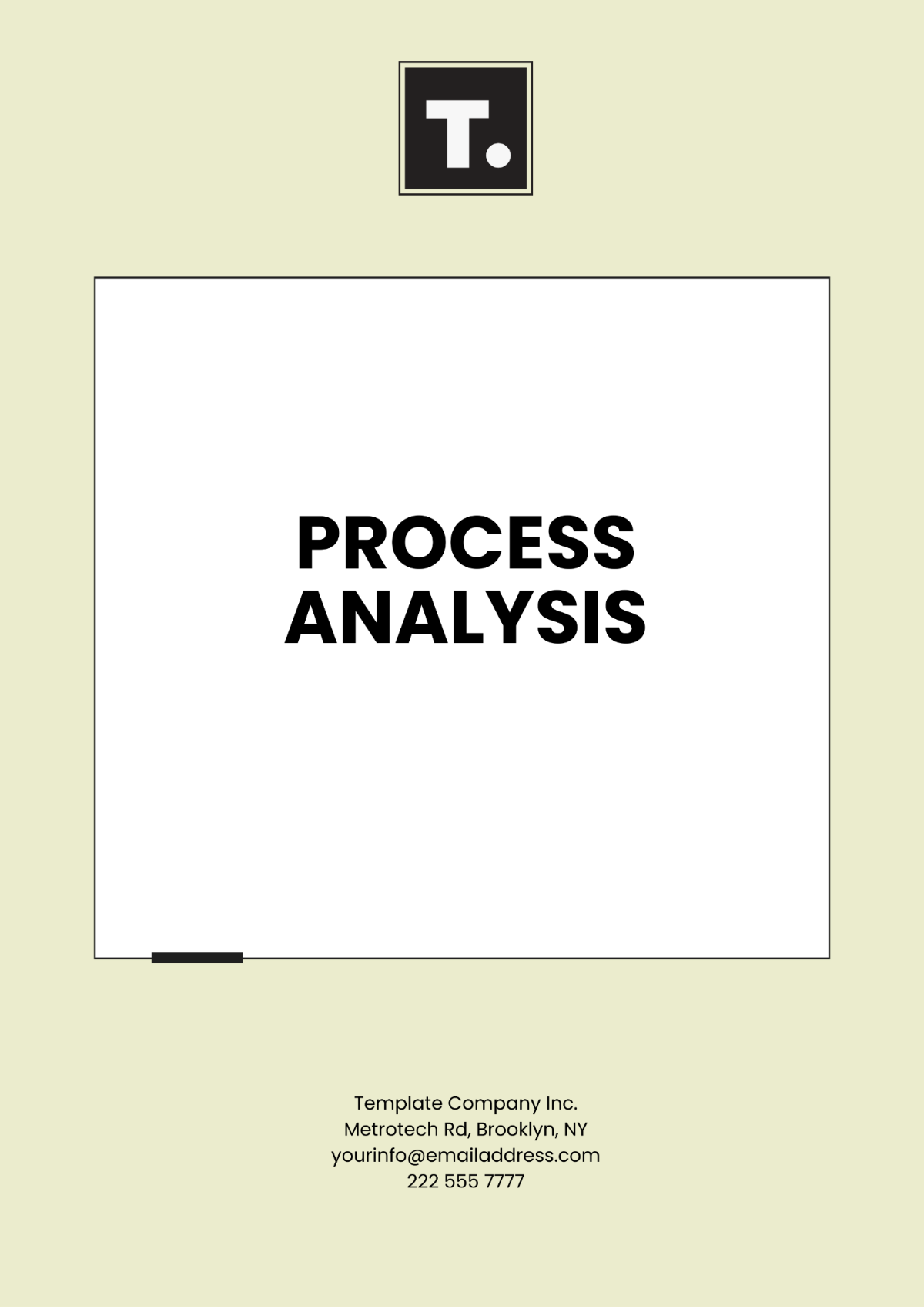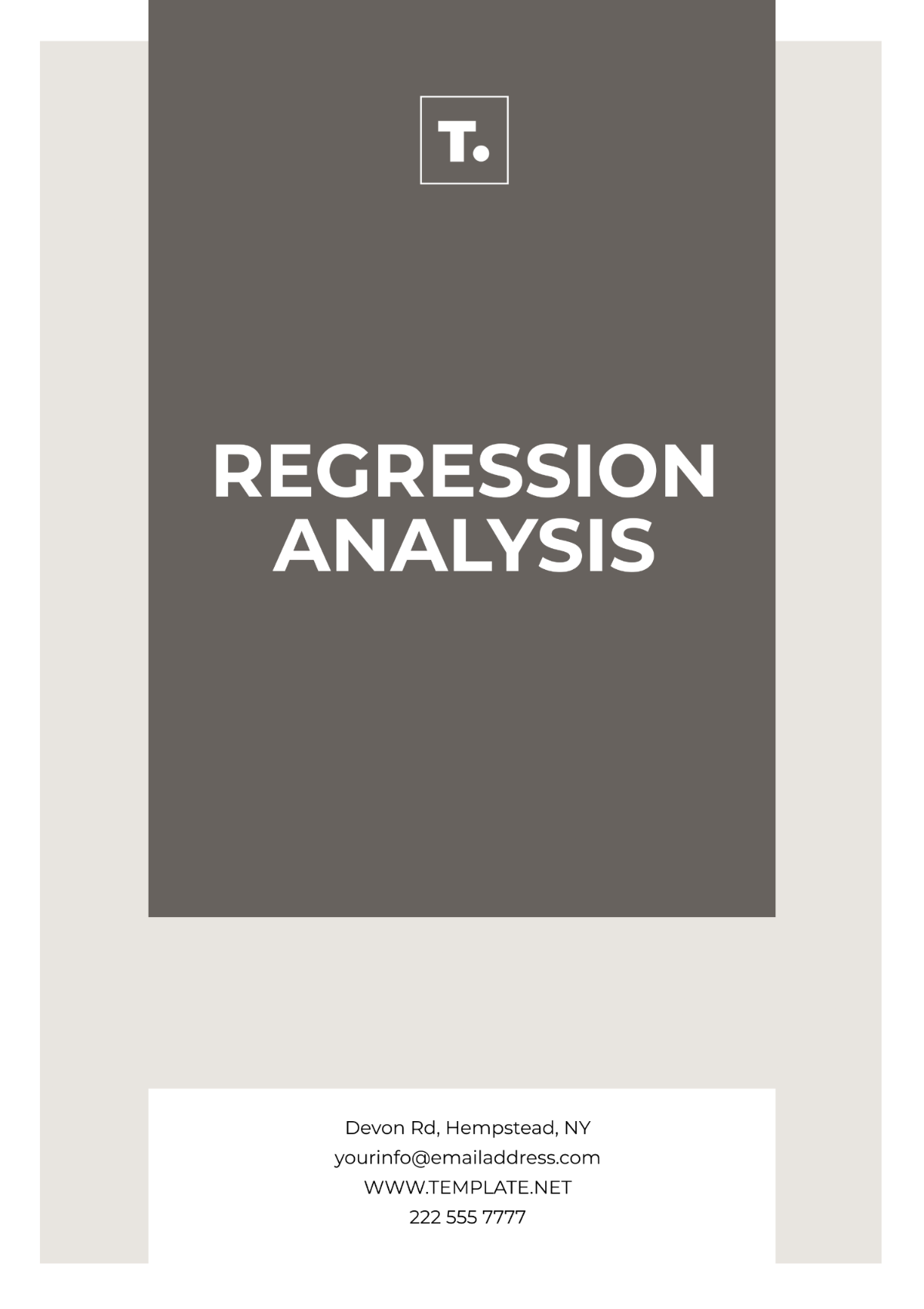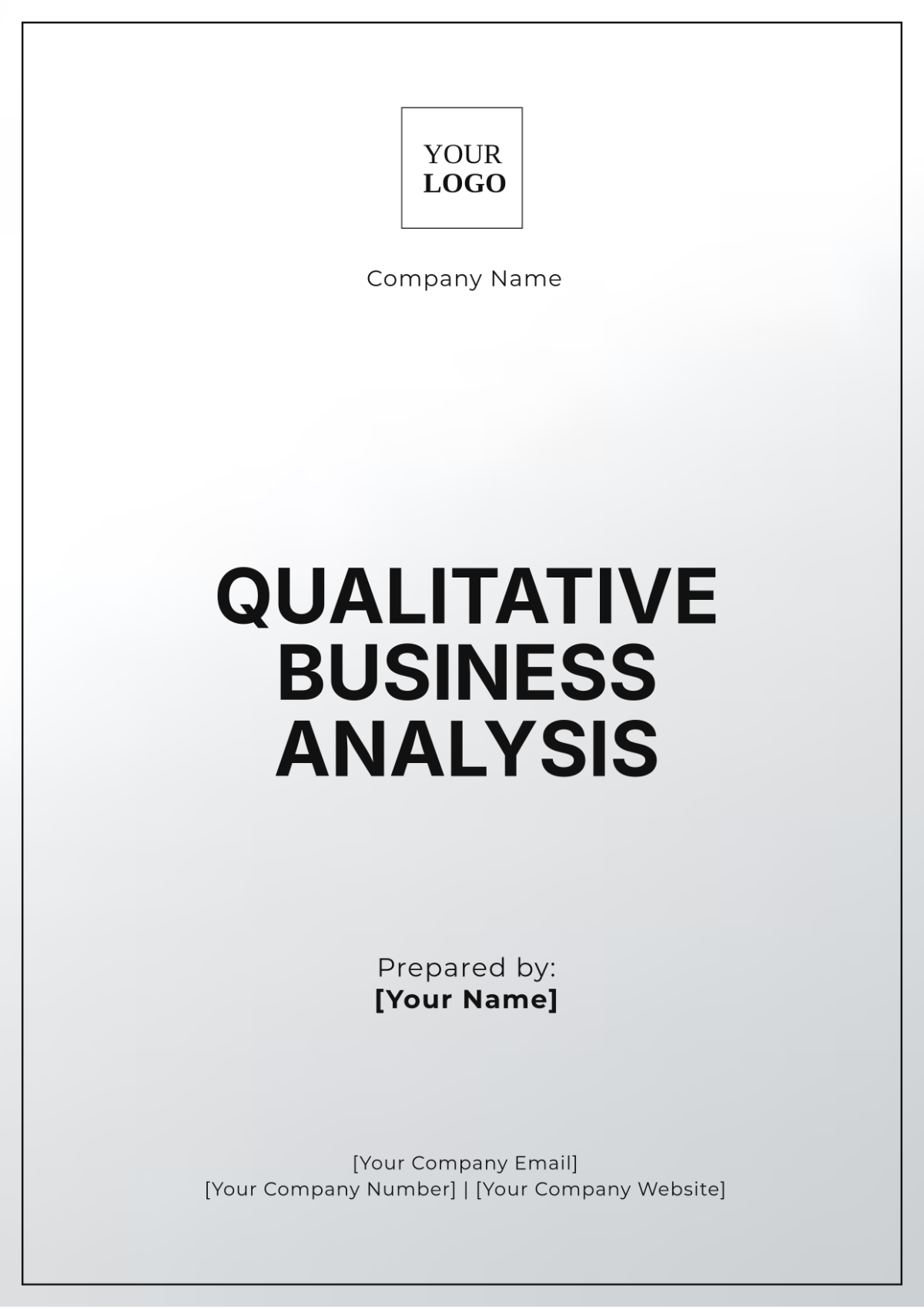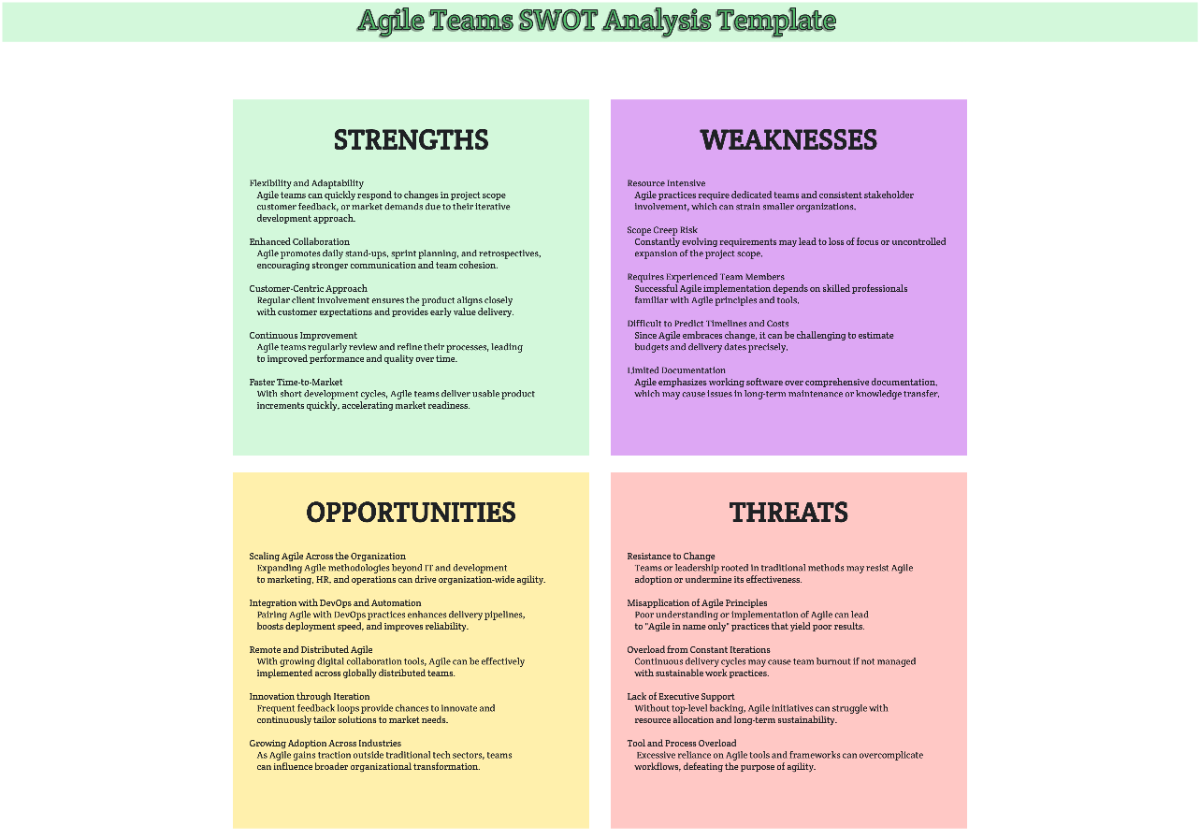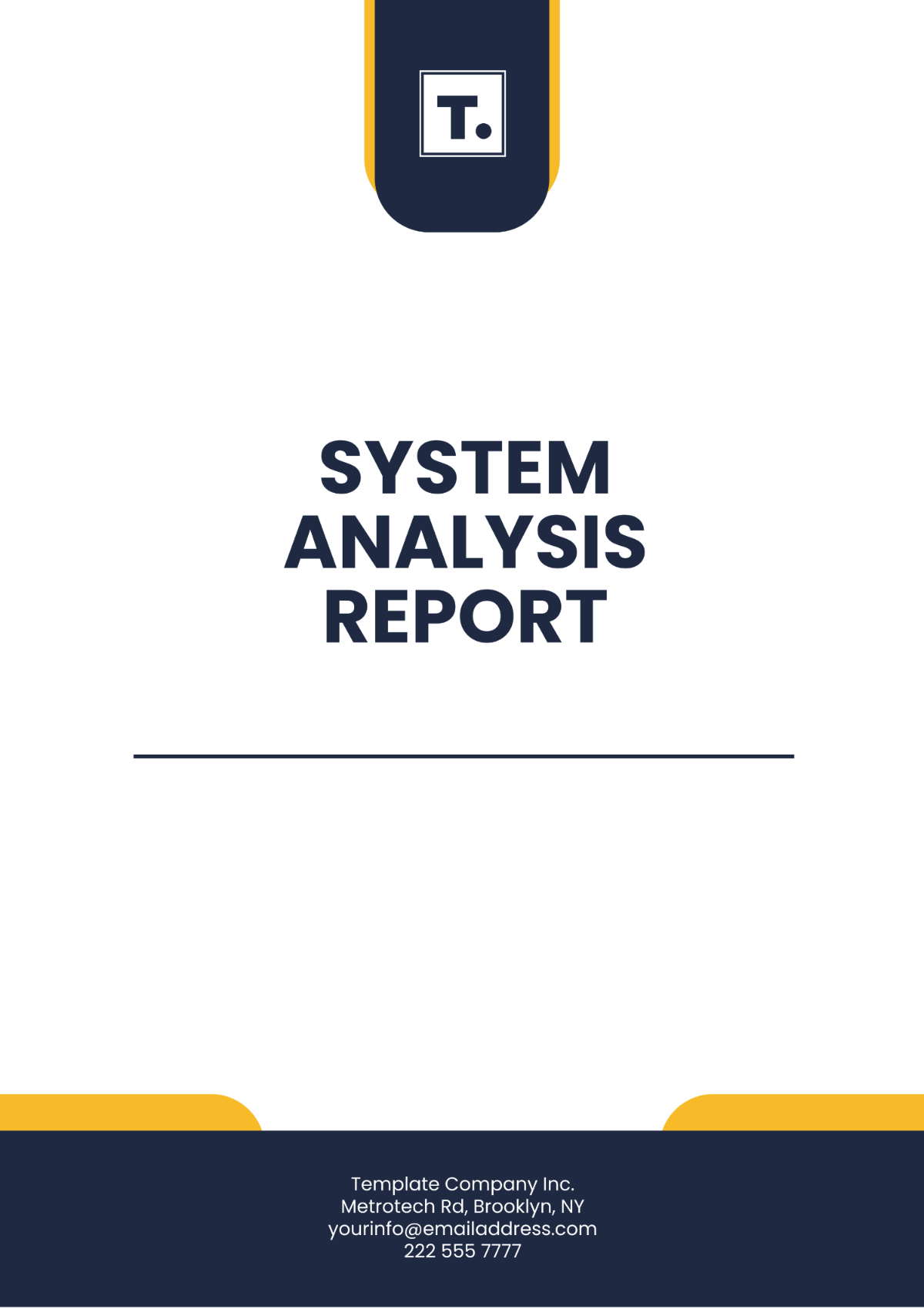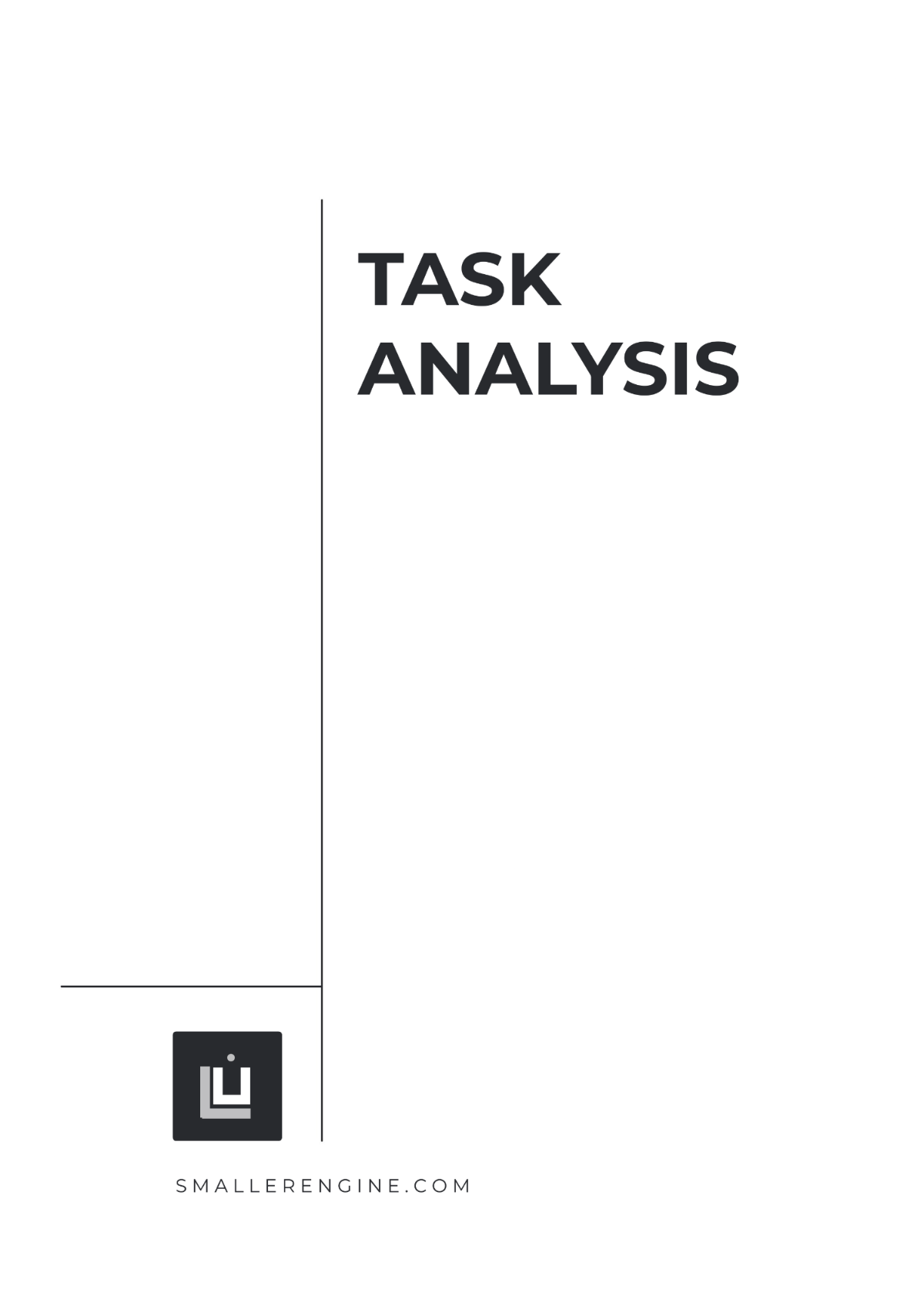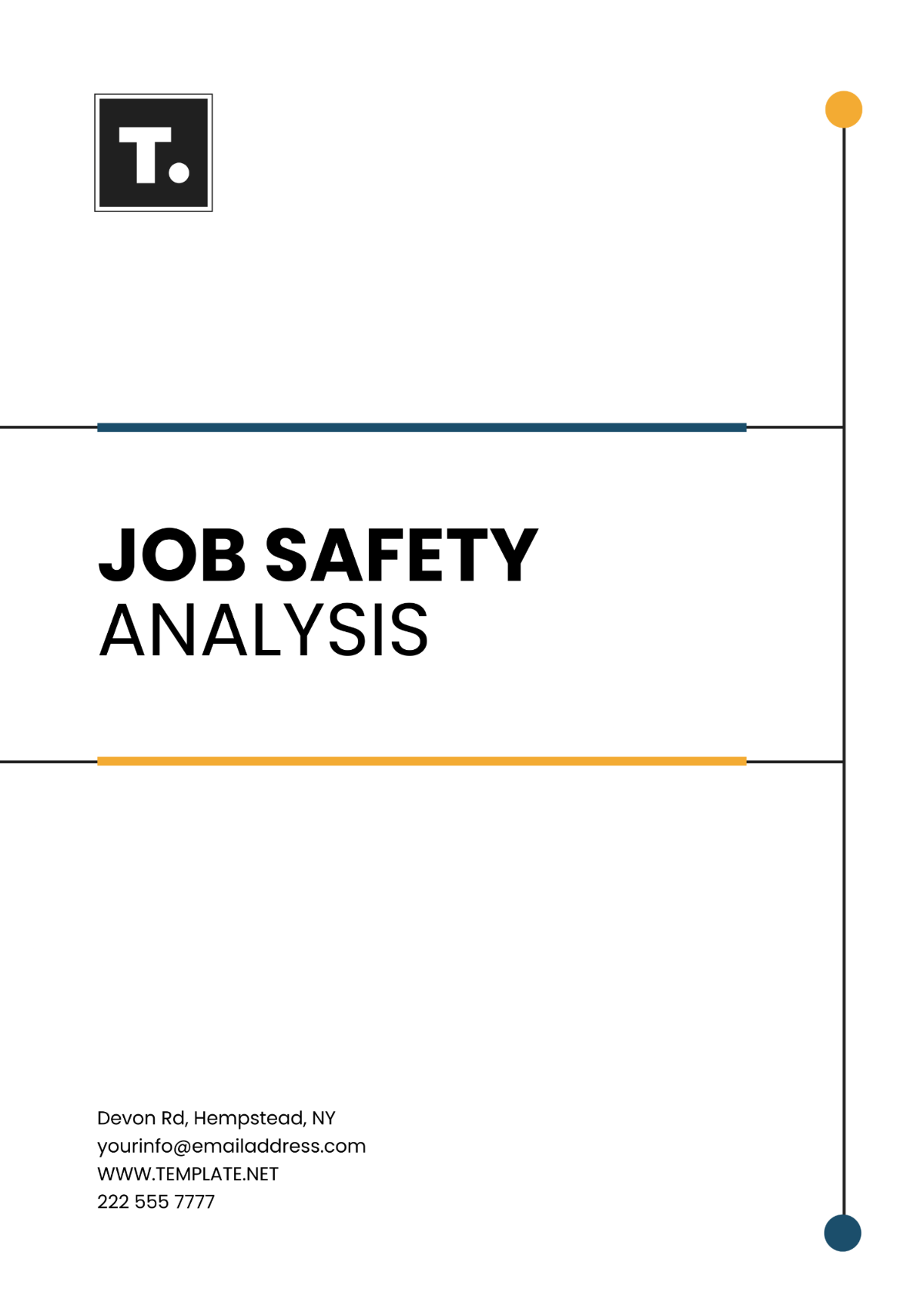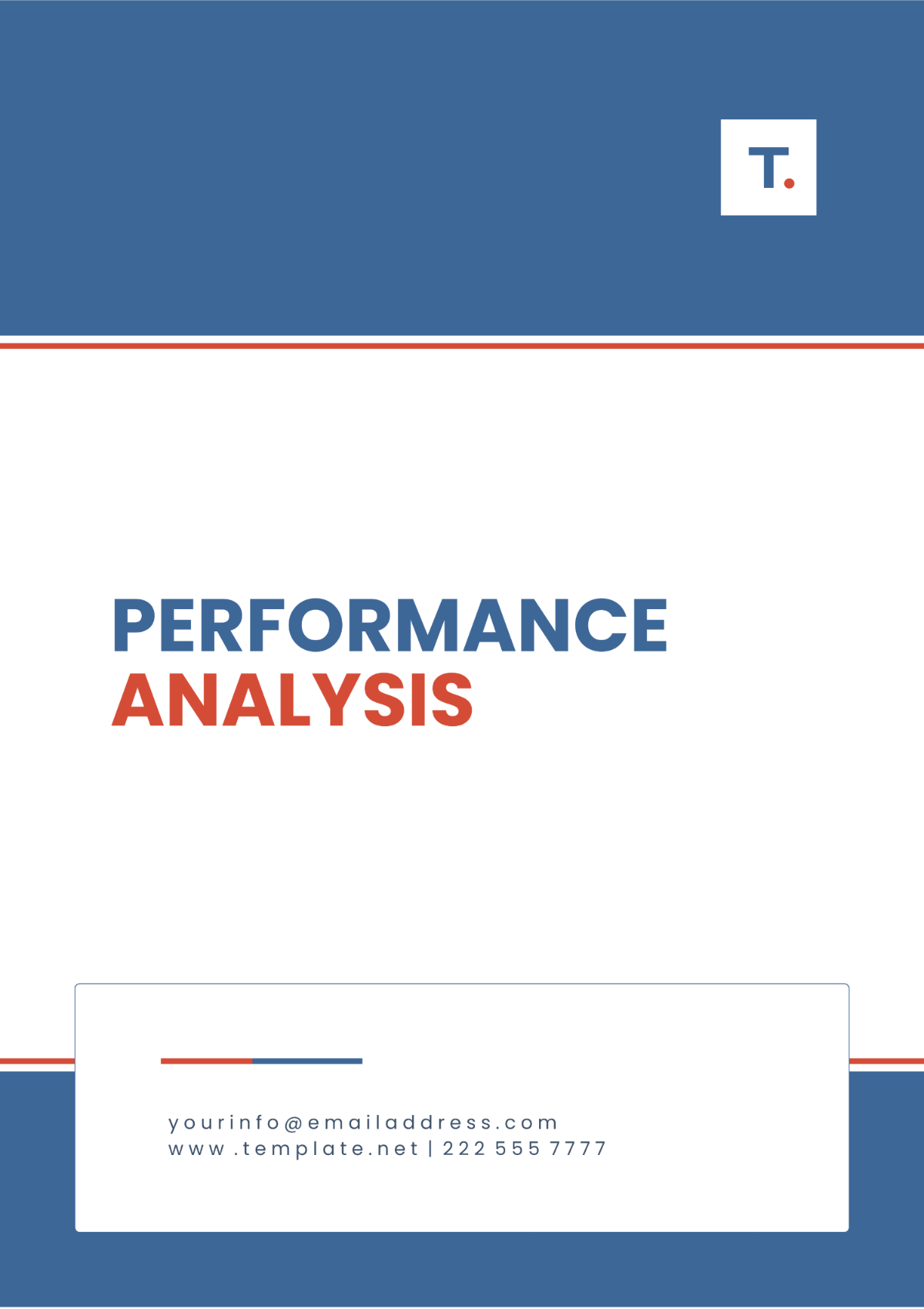Function Job Analysis
Prepared by: | [YOUR NAME] |
Department: | [YOUR DEPARTMENT] |
Company: | [YOUR COMPANY NAME] |
I. Introduction
A. Purpose
The purpose of this Functional Job Analysis is to comprehensively evaluate the roles and responsibilities of assembly line workers in manufacturing companies. This analysis aims to provide detailed insights to the HR department for effective recruitment, training, and performance management strategies.
B. Scope
The analysis will focus on identifying the key tasks, skills, and competencies required for assembly line workers to perform their duties efficiently within the context of manufacturing industries in the year 2050 and beyond.
II. Job Overview
A. Job Title
Assembly Line Worker
B. Job Description
Assembly line workers in the future manufacturing landscape are integral to the production process, tasked with assembling, inspecting, and ensuring the quality of products in an increasingly automated environment. Their roles have evolved to include interfacing with advanced robotics and AI systems to optimize efficiency and output.
C. Key Responsibilities (Projected for 2050)
Utilize advanced automation tools to assemble components and products.
Collaborate with AI systems to perform real-time quality inspections and identify defects.
Monitor and maintain automated machinery to ensure continuous operation.
Adapt to evolving technology and production processes to optimize performance.
Implement sustainable practices in manufacturing processes to minimize environmental impact.
III. Functional Tasks
A. Task Analysis: Advanced Automation Assembly
Task | Advanced Automation Assembly |
|---|---|
Description | Assemble components and products using advanced automation tools and robotic systems. This task requires familiarity with programming interfaces and the ability to troubleshoot technical issues. |
Skills Required | Technical proficiency, and problem-solving skills. |
Tools/Equipment Used | Robotic arms, automated assembly stations. |
B. Task 2: AI-Driven Quality Inspection
Task | AI-Driven Quality Inspection |
|---|---|
Description | Collaborate with AI systems to conduct real-time quality inspections and identify defects in products. This task involves interpreting data analytics and making decisions based on AI-generated insights. |
Skills Required | Data analysis, critical thinking. |
Tools/Equipment Used | AI-driven inspection systems, and data visualization software. |
C. Task 3: Machinery Maintenance and Optimization
Task | Machinery Maintenance and Optimization |
|---|---|
Description | Monitor and maintain automated machinery to ensure continuous operation and optimize performance. This task includes conducting preventive maintenance, diagnosing issues, and implementing efficiency improvements. |
Skills Required | Mechanical aptitude, and attention to detail. |
Tools/Equipment Used | Diagnostic tools, and maintenance software. |
IV. Competencies and Skills
A. Core Competencies
Technical Proficiency: Ability to operate and interface with advanced technology systems.
Adaptability: Willingness to learn and adapt to evolving manufacturing processes and technologies.
Problem-Solving: Capability to troubleshoot technical issues and optimize production workflows.
B. Technical Skills (Projected for 2050):
Programming: Proficiency in coding languages for interfacing with automated systems.
Data Analysis: Ability to interpret data analytics generated by AI systems.
Mechanical Maintenance: Skills in diagnosing and repairing advanced machinery.
V. Performance Metrics
A. Key Performance Indicators (KPIs):
Production Efficiency: 120 units/hour
Quality Yield: 95% reduction in resource consumption and waste generation
Sustainability Impact: 30% reduction in resource consumption and waste generation
VI. Conclusion
The Functional Job Analysis provides a forward-looking perspective on the roles and responsibilities of assembly line workers in the year 2050 and beyond. By understanding the evolving tasks, competencies, and performance metrics, the HR department can proactively prepare for the future of manufacturing and ensure the workforce is equipped with the necessary skills to thrive in an increasingly automated and sustainable industry.
VII. Appendix
Additional resources:
Future technology projections and industry reports
Expert interviews and consultations
Workforce development strategies for the future manufacturing landscape.





